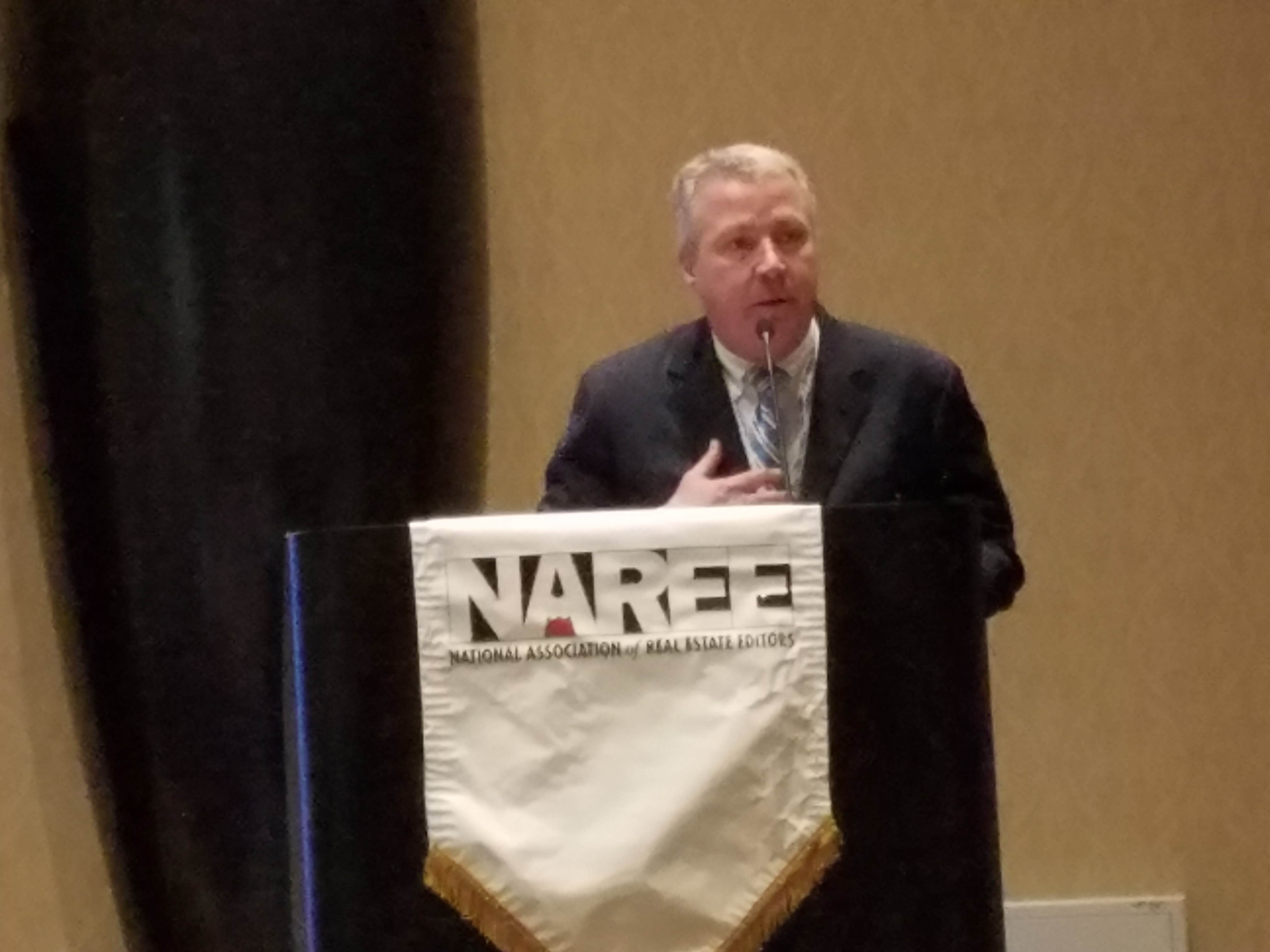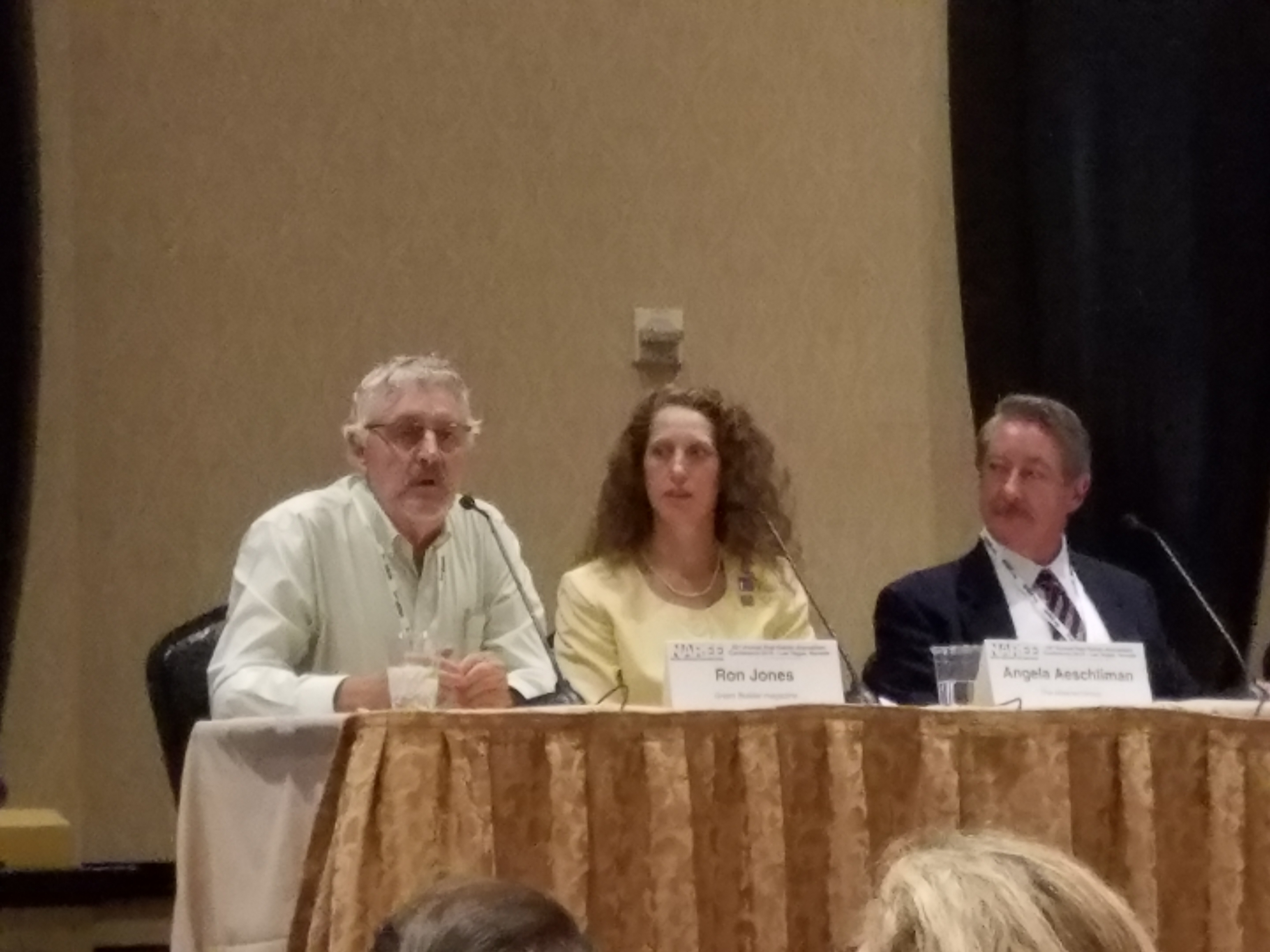Incentivizing Brownfields and Greenfields
State and municipal governments are taking steps to improve the feasibility of investing in brownfield and greenfield properties. Panelists on the Sustainability Spotlight panel on the final day of the National Association of Real Estate Editors real estate journalism conference outline their efforts.
By Suzann D. Silverman
Brownfields and greenfields—at opposite ends of the opportunity spectrum—face similar impediments. But state and municipal governments are taking steps to improve the feasibility of investing in both. That was the gist of a panel on the final day of the National Association of Real Estate Editors real estate journalism conference in Las Vegas.
Brownfields: New incentives
Brownfields offer the best chance to obtain infill property in growth cities, whether they be closed-down factories or former retail sites. But clean-up costs have become so prohibitive and standards so strict that it can remove that opportunity from the table, affirmed Gerald Pouncey Jr., senior partner with Morris, Manning & Martin. Pouncey was lead counsel on the Atlantic Station master-planned community project in Atlanta, a huge undertaking that began in 1996 and didn’t break ground until 2002.
Broken down, those costs are influenced by three elements:
- Timing: The time it takes to acquire the property, obtain permitting and get the project off the ground
- Due diligence costs: These can range from $25,000 to $200,000 in soil and other testing, depending on the size of the property and nature of the contamination—costs greenfield purchases don’t require and that you won’t recoup if you don’t complete the project
- Exit: Planning for the exit up front includes lining up financing that is willing to take a chance on the project.
The good news is that states are developing programs designed to increase protections to incentivize today’s developers to buy contaminated properties and clean them up, in some cases protecting the buyer from third parties and even offering tax relief. This provides further benefits beyond the recent improvements the Environmental Protection Agency made to its 2002 Small Business Liability Relief and Brownfields Revitalization Act, in a March 23, 2018, reauthorization called the Brownfields Utilization, Investment and Local Development, or BUILD, Act, which expedited review time.
Greenfields: Keeping it alive
For greenfield development, the challenge is no longer cost of implementation but cost of operation, noted Ron Jones, co-founder & president of Green Builder Media, best-known as one of the fathers of the green building movement. And while a number of certifications now exist, inclusion in building codes is still lacking, making standards difficult to enforce and thus limiting impact on a municipality or other area.
However, President Trump’s decision last year to pull out of the 2015 Paris Agreement on climate change galvanized many mayors to take local action, led by Orlando mayor Buddy Dyer, pointed out William Fay, executive director of the Energy Efficient Codes Coalition. The state of Texas has also taken an aggressive approach to improving sustainability, he said.
To the north, Chicago has made efforts to reduce permit fees and turnaround time to encourage greenfield development, in addition to instituting a benchmarking requirement in 2012 that requires buildings to be transparent in reporting operating performance, noted Angela Aeschliman, senior vice president of property and asset management for the company for The Missner Group. And because it is willing to negotiate, in one case Missner was able to increase building height by two floors in exchange for denser parking.
Aeschliman listed Boston as another city advancing benchmarking ordinances. It has achieved results by aligning benchmarking and zoning, she noted.
Missner takes its own steps to achieve a more effective approach to greenfield development by creating on-site teams including the developer, utility, energy consultants and other key contributors, Aeschliman said. It also involves tenants to raise awareness to the value provided.
That tenant involvement is important, Fay emphasized, declaring the need for more of a bridge with tenants, who tend to care about sustainability but usually don’t have much say in the development process.









You must be logged in to post a comment.